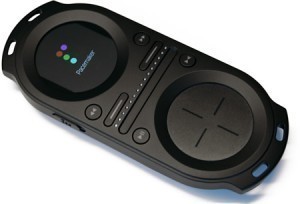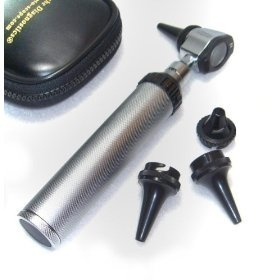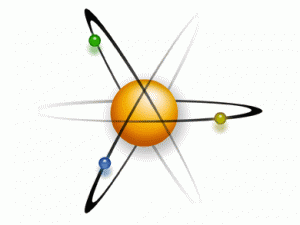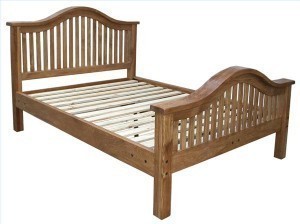Pacemaker Dimensions
A highly important medical device designed to regulate the heart’s beating, a pacemaker makes use electrical impulses to contact the heart muscles. The fundamental purpose of this device is to maintain an adequate to normal heart rate. The need for such device arises when the native pacemaker of an individual is not fast enough or when the electrical conduction system of the heart is blocked. In addition to these all-important details, it is good to know the pacemaker dimensions.
pacemaker makes use electrical impulses to contact the heart muscles. The fundamental purpose of this device is to maintain an adequate to normal heart rate. The need for such device arises when the native pacemaker of an individual is not fast enough or when the electrical conduction system of the heart is blocked. In addition to these all-important details, it is good to know the pacemaker dimensions.
The Dimensions of a Pacemaker
The average size of a standard-size artificial pacemaker is close to 4 centimeters or 40 millimeters long, specifically the body of the device. Meanwhile, the length of the electrode ranges from 50 to 60 centimeters or 500 to 600 millimeters. The sizes of pacemakers vary depending on the manufacturer.
For instance, the AT500 Pacing System from Medtronic Inc. has a height of 4.4 centimeters or 44 millimeters, a length of 5.9 centimeters or 59 millimeters and a width of 0.75 centimeters or 7.5 millimeters. Another interesting product is the Insignia Pacing System from Guidant Corp., which has a height of 4.9 centimeters or 49 millimeters, a width of 4.3 centimeters or 43 millimeters and a depth of 0.8 centimeters or 8 millimeters.
Additional Facts and Other Important Details
There are various methods of pacing. These include epicardial pacing, transcutaneous pacing and percussive pacing. Transvenous pacing is also available as an alternative to transcutaneous pacing. Of course, there is also permanent pacing, which has three basic types, namely rate-responsive pacemaker, dual-chamber pacemaker and single-chamber pacemaker.
Today, a modern pacemaker can serve a number of different purposes. First, it can aid doctors and patients monitor the native electrical rhythm of the heart. Next, it makes use of a short low voltage pulse to stimulate the ventricle of the heart. Furthermore, it has the capacity to sense and stimulate the ventricular and atrial chambers.
In 1982, artificial pacemakers underwent a major advancement when Anthony Rickards of the National Health Hospital in England invented the very first dynamic pacemaker. It helped the heart of patients compensate for potentially anticipated respiratory loading and actual respiratory loading. It was better than the previous pacemakers, which produced predetermined heart rate.
Today, other devices offer functions just like those offered by pacemakers. These include implantable cardioverter-defibrillators or ICDs. These devices can treat various types of heart rhythm disturbances through defibrillation, cardioversion as well as pacing. Based on the studies conducted by the American Heart Association, patients with pacemakers can be affected by other devices such as transcutaneous electric nerve stimulation, radiofrequency ablation and cell phones.





